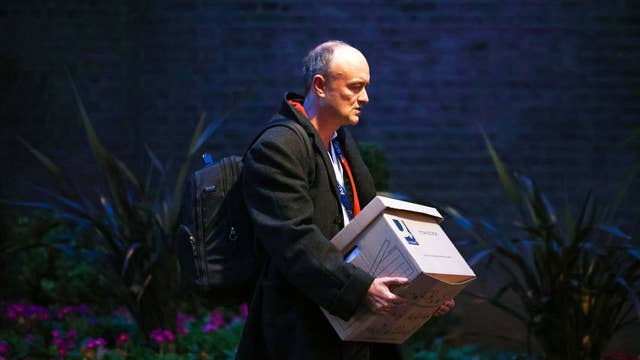England will need ongoing restrictions to normal life after lockdown, with measures likely to last into December and over Christmas in order to keep the coronavirus under control, government scientists have warned.
In a new analysis released by the government’s Scientific Advisory Group for Emergencies (Sage) on Friday, scientists said the virus was now so widespread that without further controls lasting beyond the end of the current lockdown, infections would rise again to levels recorded at the start of the month.
The bleak assessment warned that the previous tiers of restrictions may not be enough to bring the number of infections down. Furthermore, it said that without stringent measures, such as a ban on household mixing, the rate of infections will plateau rather than fall.
The prime minister, Boris Johnson, who is under pressure from lockdown-sceptic Tory MPs, committed to the lockdown ending on 2 December.
If the scientists are right, their model suggests that parts of the country will not be able to enjoy the freedoms granted earlier in the summer after the end of the first lockdown.
It is not yet clear if ministers will grant a temporary easing of restrictions over Christmas to allow families to be together, but Mr Johnson said last month that the government would aim for a Christmas that was “as normal as possible”.
According to the latest daily coronavirus data, there were 27,301 new confirmed infections on Friday, with 376 deaths reported in the previous 24 hours. More than 12,000 patients are in hospital with Covid-19.
The report by the Scientific Pandemic Influenza Group on Modelling (Spi-M), dated 4 November, said the national lockdown was likely to reduce the rate of transmission – the R number – of the virus below 1. Since the R number is a measure of how many people are infected on average by someone with the coronavirus, a fall below 1 means that the level of the virus in the community will decrease.
If the R value is above 1, then the number of cases will continue to grow.
The report said: “If this is sustained until 2 December, the number of hospital admissions and deaths would be expected to fall until at least the second week of December. The longer-term outlook depends on both the nature of [restrictions] that are implemented in England after 2 December and policies over the festive period.
“If England returns to the same application of the tiering system in place before 5 November, then transmission will return to the same rate of increase as today.”
UK news in pictures
Show all 50

It added: “Initial analysis shows a clear effect from tier 3 interventions and much less from tiers 1 and 2. It is not yet clear whether tier 3 measures alone are sufficient to reduce the reproduction number below 1.
“If the highest tier does not reduce R substantially below 1, the tier applied in a locality is based on the number of confirmed cases alone, and application does not take into account growth rate, this can result in all localities rising to the highest tier and plateauing at high prevalence [of Covid-19].”
Officials in Whitehall hope that more mass testing for the virus in hotspot communities, including the rollout of tests that give results within an hour, could help control the virus alongside tier 3 restrictions.
Latest estimates suggest that the R rate is falling across the UK but is still above 1 in England.
Sage estimates that there are between 55,000 and 81,000 new infections every day in England. The R rate could be below 1 in Wales and Scotland now.
While cases are falling among the young, health officials are concerned that numbers are continuing to rise among older age groups, who are more at risk of needing hospital treatment and have a higher mortality rate from the disease.
Cases in the UK are thought to be doubling between every 28 and 63 days.
The Office for National Statistics estimated that 654,000 people in England had Covid-19 between 31 October and 6 November, an increase on previous weeks.
In a separate report for the Sage committee, looking at the possible trajectories of Covid-19 over the next six months, scientists said the level of virus in communities was likely to fall slowly.
It said: “The decline in infection rates seen after cases plateau will be slow, driven by gradual accumulation of population immunity – potentially leading to a long, relatively flat plateau of relatively high incidence unless measures are further intensified to drive incidence down.
“There will be very limited room to relax interventions, since the absolute level of population immunity reached will likely still be low. Relaxing measures will therefore easily cause R to exceed 1 once more.”
In a statement on Friday, Sage also said it was confident that the epidemic has continued to grow in England over recent weeks.
It said: “Although there is some evidence that the rate of growth in some parts of the country may be slowing, levels of disease are very high in these areas; significant levels of healthcare demand and mortality will persist until R is reduced to and remains well below 1 for an extended period of time.”
New Sage documents also said that children aged 12-16 played a “significantly higher role” in introducing infection into households in the period after schools reopened their doors to students. Older children can spread the virus as easily as adults, but this is less likely in younger children.









